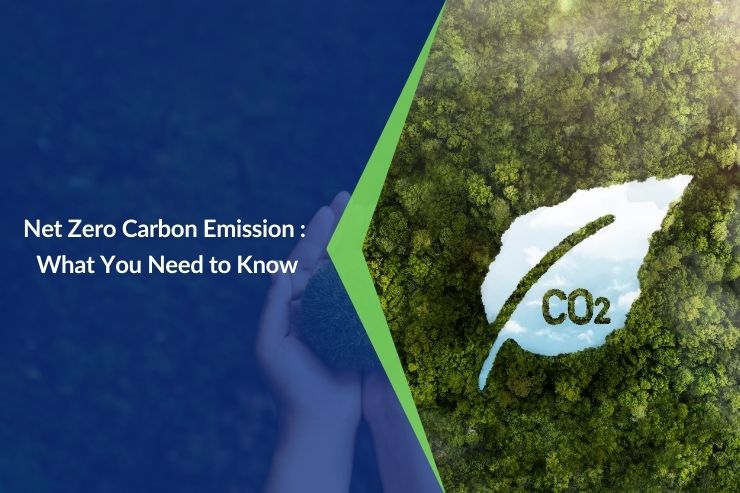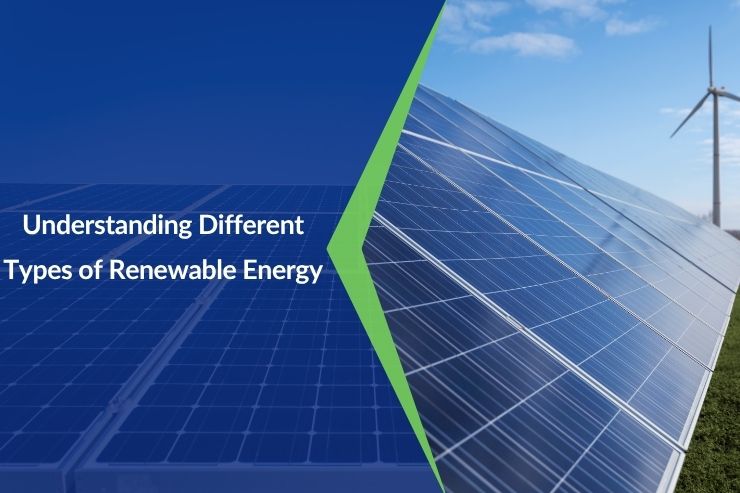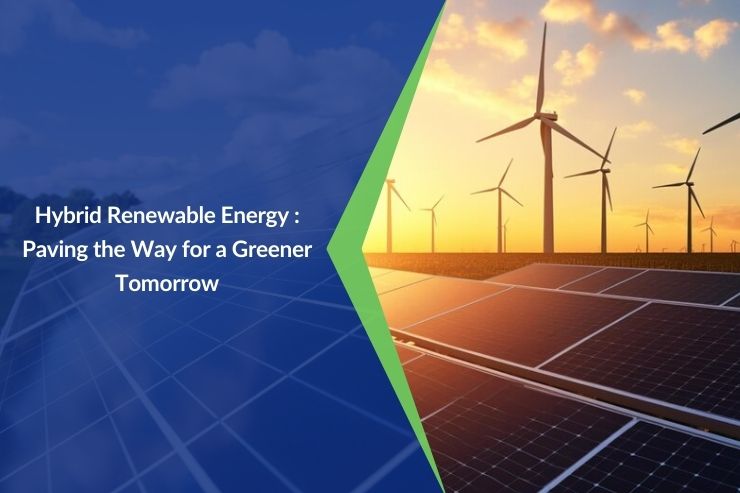Understanding net zero carbon emissions is crucial as we aim for a sustainable future. The goal is to balance emitted carbon with an equivalent amount removed from the atmosphere, achieving no net increase in carbon levels. Globally, countries like the UK have legally committed to net zero targets by 2050, and over 70 countries have expressed similar intentions. In India, the government has announced ambitious plans for achieving net zero by 2070, recognising it as a key element in combating climate change and promoting sustainable development.
Here’s a detailed look at this critical environmental strategy that combines reducing emissions directly and using offsets like afforestation to neutralise carbon impact.
Defining Net Zero Carbon Emission
Net zero carbon means that any carbon dioxide released into the atmosphere from human activity is balanced by an equivalent amount being removed. While often used interchangeably with ‘carbon neutrality,’ net zero specifically targets carbon dioxide emissions, a significant distinction from broader climate neutrality goals, which may consider all greenhouse gases.
Why is Net Zero Carbon Emission Important
Pursuing net zero carbon emissions is essential for our planet’s health and our own. It’s about drastically cutting the carbon we put into the air while also tackling the carbon already there. This strategy has broad implications, from stabilising global temperatures to sparking economic growth through green technology.
- Environmental Impact: Achieving net zero is vital to mitigate the adverse effects of climate change, aiming to limit global warming to 1.5 degrees Celsius as outlined in the Paris Agreement.
- Economic and Social Benefits: Transitioning to a low-carbon economy encourages technological innovation, can reduce energy costs over time, and helps prevent the severe economic consequences of unchecked climate change.
How to Achieve Net Zero Carbon Emission
Achieving net zero carbon emissions involves comprehensive strategies, including reducing existing carbon footprints, investing in renewable energy, and enhancing energy efficiency.
Strategies for Achieving Net Zero
- Reducing Carbon Footprint
This includes initiatives like improving waste management, enhancing transportation methods, and adopting more sustainable agriculture practices. On a personal level, it involves changes in lifestyle choices, such as reducing air travel or opting for energy-efficient appliances.
- Investing in Renewable Energy
Shifting away from fossil fuels to renewable energy sources like solar, wind, and hydroelectric power is essential. This shift not only helps reduce carbon emissions but also diversified energy supply and enhances energy security.
- Enhancing Energy Efficiency
Implementing more energy-efficient technologies in homes, industries, and businesses is crucial. This could mean upgrading infrastructure, optimising manufacturing processes, or improving building designs to reduce energy consumption.
Net Zero Carbon Emission and Policy
Policy is crucial in the global shift towards net zero carbon emissions. Internationally, agreements like the Paris Agreement guide nations towards reducing their carbon output through individually determined contributions. A collaborative approach between public mandates and private innovation is key to achieving net zero objectives worldwide.
Global Policies and Agreements
The Paris Agreement is one of the many international efforts directing countries towards net zero emissions through nationally determined contributions.
The Role of Government and Private Sector
Governments are setting legislative and financial frameworks to support net zero goals, whereas companies are innovating in technologies that reduce carbon footprints, such as carbon capture and storage solutions.
Challenges and Solutions
While the path to net zero is promising, it presents challenges. Overcoming these challenges necessitates innovative solutions, supportive policies, robust investment in clean technologies, and international cooperation.
Common Challenges in Achieving Net Zero
Innovating and scaling low-carbon technologies often require high initial investments and advanced research. Developing a coordinated global response to climate change is complex and requires working through a diverse political and economic setting.
Overcoming Challenges
Overcoming the challenges of reaching net zero carbon emissions involves multifaceted strategies and collaboration across various sectors.
- Innovative solutions like advanced renewable technologies and carbon capture need substantial investment and development.
- Strong policies must encourage these technologies while financial frameworks should support their adoption on a global scale.
- International cooperation is crucial, ensuring that countries collectively progress towards climate goals, and overcoming political and economic differences to foster a unified approach.
The Path Forward for Net Zero Carbon Emission
Looking ahead, the push towards net zero sees emerging trends like the increase in electric vehicle use, advances in energy storage technologies, and growing financial sector engagement through green bonds and sustainable investments. The long-term goal is clear: transform energy systems, enhance regulatory frameworks, and foster global cooperation to achieve a sustainable, low-carbon future.
Conclusion
Net zero carbon emissions are important for fostering a sustainable future, and balancing environmental needs with economic and social development. This comprehensive journey towards net zero involves significant shifts in policies, technological innovations, and individual actions aimed at reducing carbon footprints and enhancing energy efficiency. For every person, business, and government, the call to action is clear: engage, innovate, and push forward to ensure our planet remains viable and vibrant for future generations.
Frequently Asked Questions
How can Individuals Contribute to Achieving Net Zero Carbon Emissions?
Individuals can reduce emissions by using energy-efficient appliances, minimising waste, using public transportation, and supporting renewable energy initiatives in their communities.
What are the Primary Strategies for Reducing Carbon Emissions?
Key strategies include enhancing energy efficiency, transitioning to renewable energy sources, electrifying transportation, and implementing carbon capture and storage technologies.
What are the Biggest Challenges in Reaching Net Zero Carbon Emission Targets?
Significant challenges include technological limitations, high costs of green technologies, lack of infrastructure, and the need for comprehensive global cooperation and policy alignment.
How do Global Policies Influence Net Zero Carbon Emission Efforts?
Global policies like the Paris Agreement provide frameworks and targets for countries to reduce emissions, encouraging national strategies and fostering international collaboration to achieve global climate goals.
What are the Benefits of Investing in Renewable Energy?
Investing in renewable energy reduces reliance on fossil fuels, lowers emissions, stimulates technological innovation, and can generate economic growth and job opportunities in new industries.
How does Net Zero Carbon Emission Impact the Economy?
Achieving net zero emissions can drive economic growth through new green technologies and industries, reduce healthcare costs by improving air quality, and mitigate the costly impacts of climate change.











